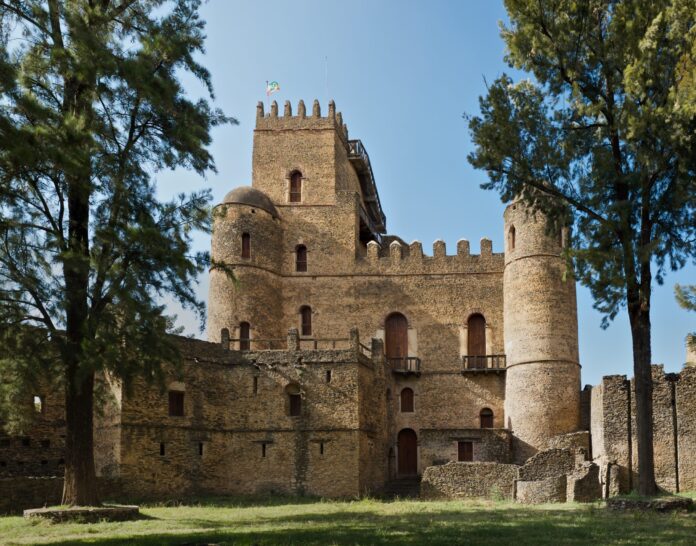Ethiopia is a country with a rich and diverse history that spans thousands of years. This ancient country has a rich and fascinating history that dates back thousands of years. From its towering obelisks and rock-hewn churches to its castles and ancient cities, Ethiopia is a treasure trove of historical landmarks just waiting to be explored. Join us on a journey through time as we delve into the past and discover the wonders of Ethiopia’s unique and diverse cultural heritage.
Lalibela
Lalibela is a small town in northern Ethiopia known for its magnificent rock-cut churches. These 11 churches were built in the 12th century and are considered some of the world’s greatest architectural wonders. Carved out of solid rock, the churches are intricately designed and are still used today for religious purposes.
Axum
Axum is an ancient city in northern Ethiopia and was once the capital of the Axumite Kingdom. It is home to several important historical sites, including the ruins of the Palace of the Queen of Sheba and the famous obelisks, which are towering structures made of solid granite.
Gondar
Gondar is a city in northern Ethiopia that was once the capital of the Ethiopian Empire. It is home to several historical landmarks, including the Fasil Ghebbi castle complex, which was built in the 17th century and is now a UNESCO World Heritage site.
Harar
Harar is a walled city in eastern Ethiopia that dates back to the 7th century. It is known for its unique architecture and is home to several mosques and shrines that are still in use today.
Debre Damo
Debre Damo is a monastery located on a plateau in northern Ethiopia. It is believed to have been founded in the 6th century and is only accessible by climbing a steep cliff using a rope and a leather harness.

